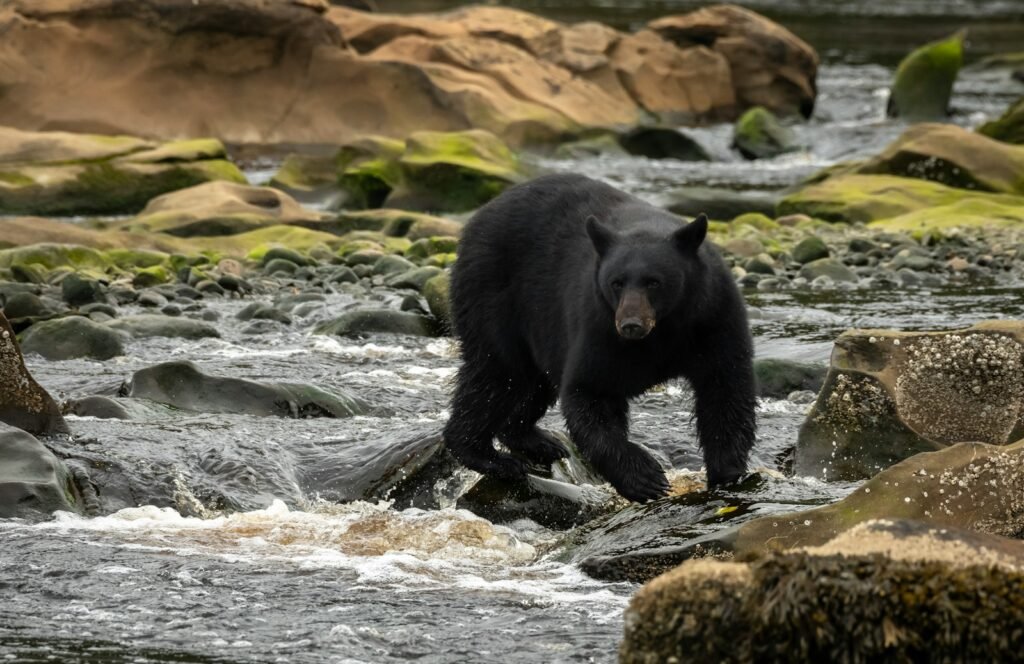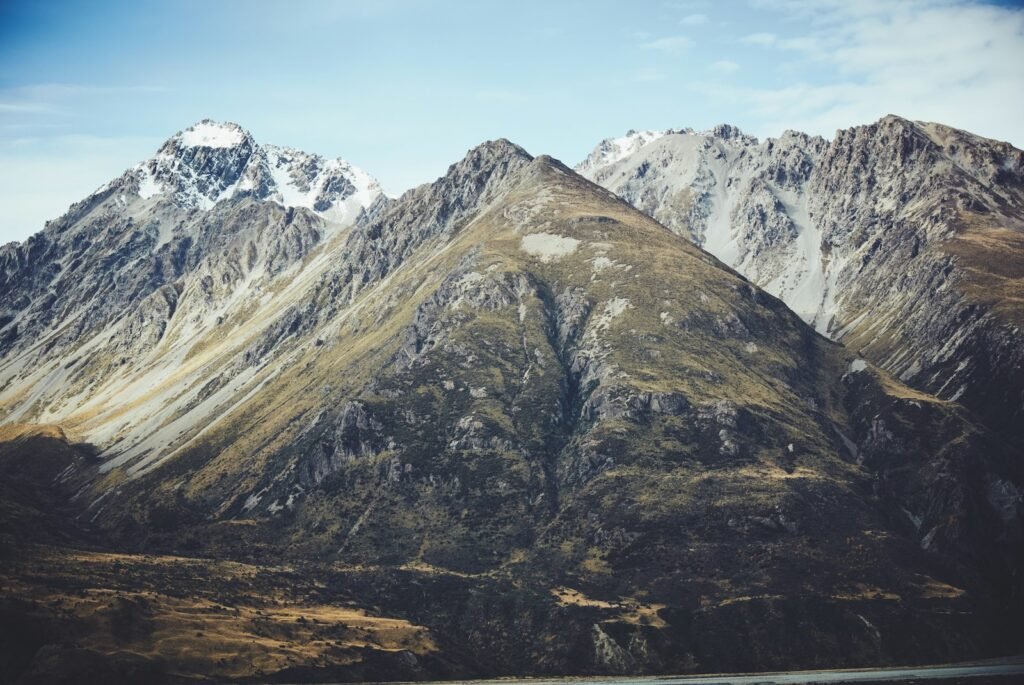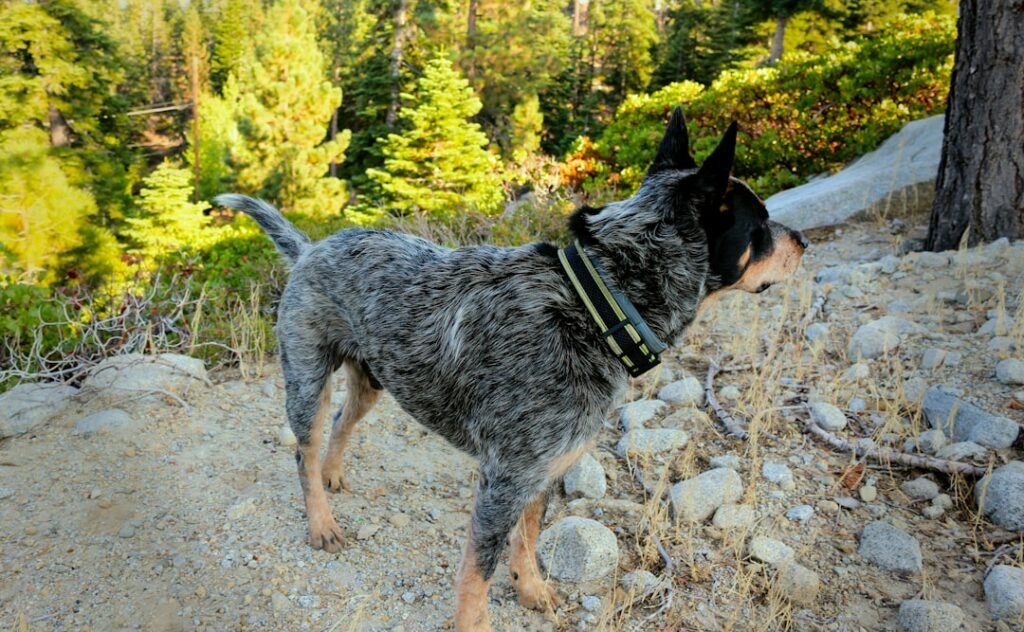On summer afternoons across Washington, rivers that once ran cold enough to sting your fingers now feel like bathwater, and salmon are paying the price. The mystery is not whether heat harms fish – we know it does – but how rising river temperatures are quietly rearranging the timing, the routes, and the very odds of survival for every life stage of salmon. Scientists are racing to decode those shifts, while tribes, dam operators, and farmers weigh fixes that must work in the real world, not just on paper. There are promising tools, from shaded floodplains to high-resolution thermal maps, but the clock is ticking faster than expected. The result is a story where physics and biology collide – and where the difference between a cool eddy and a warm channel can decide an entire run’s fate.
The Hidden Clues

Cold-water fish leave hints if you know where to look: a sudden pause below a tributary mouth, a tight school hugging bedrock, a migration that arrives days or weeks off schedule. Biologists talk about “thermal refuges,” pockets of cooler water created by springs, shaded side channels, and glacier-fed creeks, and salmon now treat these spots like life rafts. When a river spikes above safe thresholds, adults stall in these refuges, burning precious energy and increasing their exposure to disease and predators. Juveniles show their own signals, abandoning food-rich shallows at midday and slipping deeper where it’s cooler but darker and riskier.
I watched it happen one July morning on the Yakima: a pocket thermometer climbed past warm, and the feeding stopped as if a switch had flipped. The clues aren’t loud, but add them up and they point to a simple truth – temperature sets the terms of survival.
From Ancient Runs to Modern Science

For thousands of years, salmon runs followed a rough script tied to snowmelt, daylight, and dependable seasonal chill, and Indigenous communities designed harvests and ceremonies around that rhythm. Today, researchers pair that deep historical knowledge with satellite thermal imagery, drone surveys, and sensor networks that log temperatures minute by minute. Those tools reveal fine-grained patterns: side channels running several degrees cooler than the mainstem, or mid-day spikes that weren’t obvious at coarser scales. Genetic work adds nuance by showing that different stocks have evolved slightly different thermal tolerances and timing, which means warming doesn’t hit all runs equally.
Managers now model “bioenergetic budgets,” estimating how a few extra warm days can drain adult salmon before they reach their spawning gravels. The science is sobering, but it also draws a map of where interventions can matter most.
Heat Thresholds in a Cold-Water Life

Salmon are built for cold, fast water, and their bodies start to struggle as temperatures climb toward the upper teens Celsius, with danger accelerating as readings push into the low twenties. Warm water speeds up metabolism, so adults burn more energy per mile, and juveniles need more food just to break even. At higher temperatures, dissolved oxygen drops while pathogens thrive, a one-two punch that turns long migrations into gauntlets. Even short spikes can matter: a river that warms only for a few afternoons in a row can still trigger delays, disease outbreaks, or shifts in spawning readiness.
The risk compounds when low flows slow currents, letting sunlight cook broad, shallow reaches. It’s not a single threshold but a stack of stressors that narrows the safe window for every stage of the salmon life cycle.
River by River: Columbia, Snake, and Coastal Streams

In the Columbia and Snake systems, broad reservoirs expose water to sun and wind for miles, often raising temperatures just when migrating adults are passing through. Managers try to release cooler bottom waters from reservoirs, yet these efforts can clash with hydropower demand or irrigation schedules during heat waves. Downstream, fish stack up at the mouths of cold tributaries like the Wenatchee and the White Salmon, showing that small, cool inflows can punch above their weight.
On the Olympic Peninsula and in coastal basins, shorter rivers and forested canopies help, but summer heat events still push many streams past safe limits for juveniles. Glacially fed rivers offer a buffering chill, yet shrinking snowpacks and earlier melt are undercutting that advantage. The pattern is a patchwork: timing varies by basin and by year, but the warm trend keeps showing up.
Global Perspectives

Washington’s story echoes across the salmon world, from British Columbia’s Fraser to Scandinavian Atlantic salmon rivers, where heat waves and low flows have warped migration calendars. The shared lesson is that salmon resilience depends on connectivity to colder places – headwaters, springs, deep pools, and floodplain channels that act like thermal lifelines. Countries investing in riparian shade, barrier removal, and smarter flow management report modest but real gains during hot spells, suggesting that habitat fixes can soften climate blows.
At the same time, marine heat waves complicate the picture by stressing salmon at sea before they ever face warm rivers, a double exposure that reduces margins for error. Global collaborations now trade methods for mapping cold-water refuges and measuring stress biomarkers that predict survival under heat. What works abroad often translates here, with local tweaks for our hydroelectric grid and water rights system.
Why It Matters

Salmon are more than a charismatic species; they’re engines that move marine nutrients into mountain valleys, feed forests, and sustain tribal and commercial fisheries. When warm water scrambles spawning schedules, eggs may hatch at the wrong time, missing the insect booms juveniles need to grow, and that ripple hits everything from bears to birds to people. Economically, a lost run costs livelihoods in small towns that depend on seasonal fisheries and tourism, and agencies face higher bills for hatchery responses and emergency protections.
Public health even brushes up against this issue because warmer, stagnant water can favor harmful algal blooms that complicate recreation and water supplies. Compared with piecemeal fixes, systems-level strategies – cooling key reaches, reconnecting side channels, and restoring flow timing – offer broader, more durable returns. In short, keeping rivers cool keeps ecosystems and communities whole.
The Human Factor: Dams, Forests, and Farms

Climate change sets the backdrop, but land and water management decide the local script, and that means people can help steer outcomes. Dams slow water and absorb heat, yet operational tweaks like selective withdrawal and timed releases can deliver cooler pulses when fish need them most. Along riverbanks, trees are still the simplest air conditioners: shade narrows summer peaks, stabilizes banks, and keeps groundwater inputs cooler. Agricultural efficiency – lining canals, upgrading sprinklers, timing diversions – can leave more flow in channels during critical weeks without wrecking harvests.
Urban areas contribute too, because stormwater warmed on pavement flows straight into streams; green infrastructure and cool roofs are not just city beautification, they’re temperature control. These are practical levers, and they work best in combination rather than as silver bullets.
The Future Landscape

Forward-looking models point to more frequent days above biological comfort levels by mid-century, but they also highlight where targeted cooling could preserve migration corridors. Thermal drones and fiber-optic cables that sense temperature along river bottoms are turning entire watersheds into living heat maps, guiding restoration with meter-scale precision. Managers are experimenting with re-meandering straightened channels, reconnecting floodplains, and even building engineered log jams that deepen pools and shade water.
There’s a growing push to prioritize cold-water “strongholds,” protecting the best habitat now while working to triage marginal reaches that would be too costly to cool. Hydropower operators are testing seasonal rules that trade a little electricity for a lot of fish survival during acute heat windows. The future won’t be uniformly cold again, but it can be strategically cooler where it matters most.
What You Can Do

Individual actions stack up when they aim at the same target: cooler, cleaner, connected water. Support local projects that plant riparian trees, remove small barriers, and reopen floodplains; those fixes are relatively cheap and deliver temperature benefits quickly. Choose water-wise landscaping and reduce summer runoff from driveways and roofs, which otherwise sends warm pulses into nearby creeks. Pay attention to river closures and voluntary no-fishing advisories during heat, giving stressed fish a break when they need it most.
Back policies that fund thermal monitoring and restoration in priority basins, because data-rich plans get more done than guesswork. If you’re near a salmon river on a hot day, look for that cold tributary plume at the mouth – you’ll see where the future needs to be built.

Suhail Ahmed is a passionate digital professional and nature enthusiast with over 8 years of experience in content strategy, SEO, web development, and digital operations. Alongside his freelance journey, Suhail actively contributes to nature and wildlife platforms like Discover Wildlife, where he channels his curiosity for the planet into engaging, educational storytelling.
With a strong background in managing digital ecosystems — from ecommerce stores and WordPress websites to social media and automation — Suhail merges technical precision with creative insight. His content reflects a rare balance: SEO-friendly yet deeply human, data-informed yet emotionally resonant.
Driven by a love for discovery and storytelling, Suhail believes in using digital platforms to amplify causes that matter — especially those protecting Earth’s biodiversity and inspiring sustainable living. Whether he’s managing online projects or crafting wildlife content, his goal remains the same: to inform, inspire, and leave a positive digital footprint.




